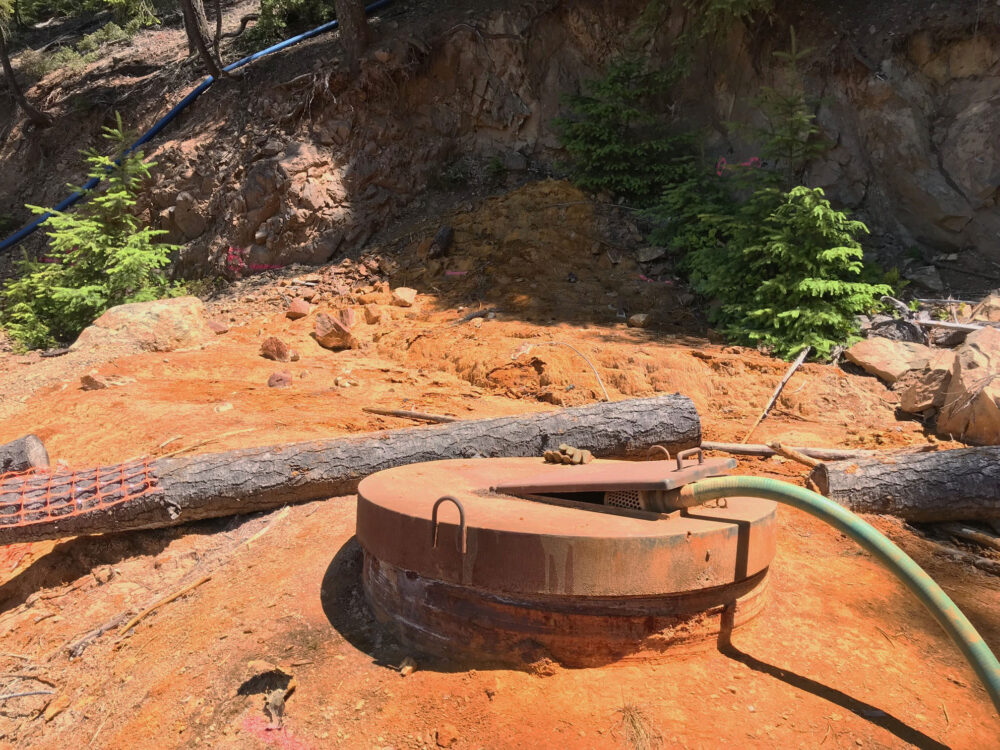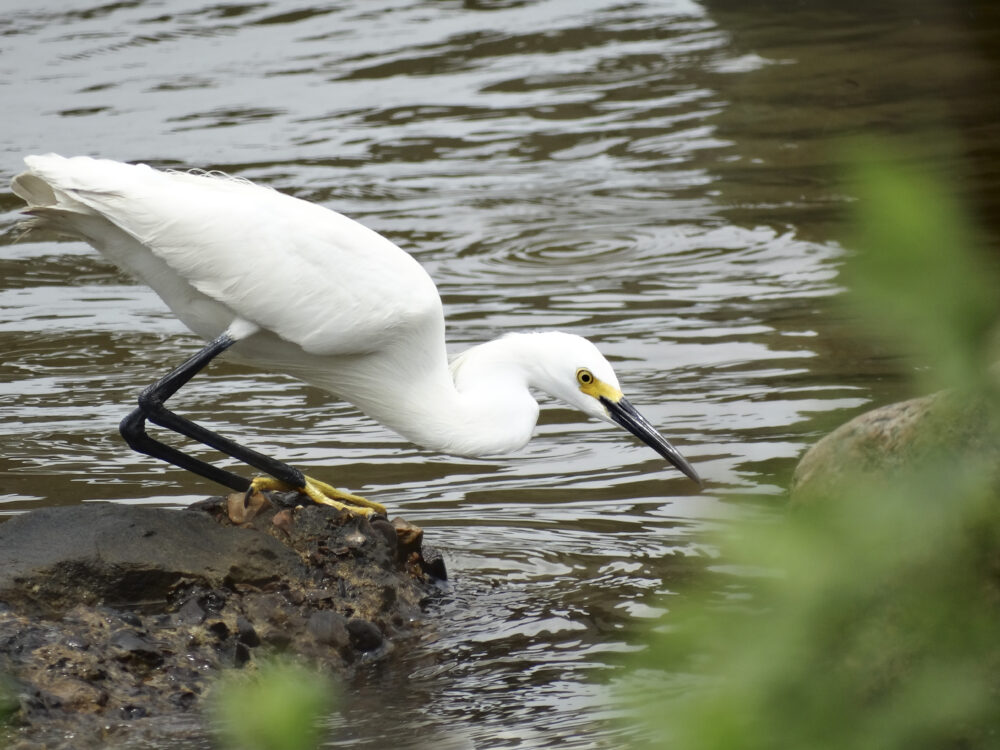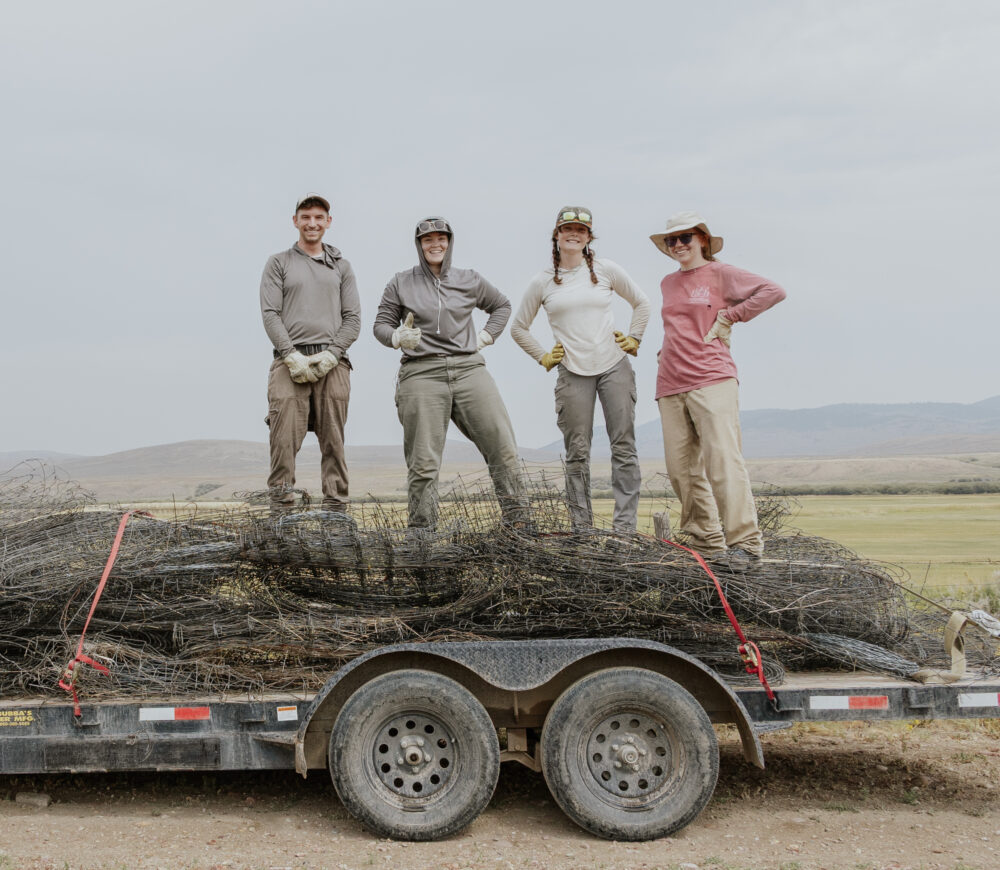We have much more to do and your continued support is needed now more than ever.
Department of the Interior Ushers the U.S. One Step Closer to Offshore Wind Development
Offshore wind energy has felt just out of America’s reach for quite some time now. While Europe has more than fifty projects up and running off their shores, here in the U.S. we are struggling to catch up. Resistance to a tried and true clean energy source – largely funded by fossil fuel interests – has kept us from capitalizing on an industry that will create jobs, promote clean air and water, and protect future generations of wildlife and people from the dangers of climate change. Findings released this week of the impacts of warming water on the puffin population add yet another underline to the emphasis of just how important it is to really build momentum for clean energy. Fortunately, that is finally about to happen.
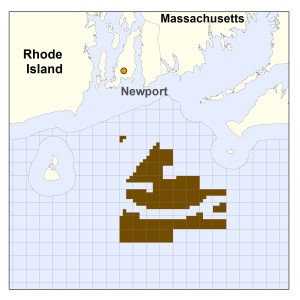
“This is history in the making as we mark yet another major milestone in the President’s all-of-the-above energy strategy. Today we are moving closer to tapping into the enormous potential offered by offshore wind to create jobs, increase our sustainability, and strengthen our nation’s competitiveness in this new energy frontier.”
– Secretary Sally Jewell, Department of the Interior
This announcement follows months of evaluation by BOEM, as well as the vision, leadership, and commitment of the state governments in Rhode Island and Massachusetts, to identify low-conflict areas for offshore wind energy projects and review potential impacts of development activities on marine life in the designated Wind Energy Area. Looking ahead, National Wildlife Federation will closely examine the project proposals that come forward to ensure that wildlife protections are included as this process unfolds.
The Interior Department and BOEM took great initiative today, and now we need to ensure that this momentum inspires the necessary follow-through from Congressional and state leaders to make offshore wind a reality.
“As hurricane season begins with superstorm Sandy fresh in the minds of Atlantic Coast residents, the need to cut climate-disrupting carbon pollution is more urgent than ever. Offshore wind power is a golden opportunity to clean our skies and power our future with clean, locally-produced energy – all that’s needed is the political willpower to make it happen. As the Department of the Interior moves forward with the nation’s first offshore wind lease auction, significant leadership from state governments as well as Congress is urgently needed to ensure we harness this massive clean energy resource sitting right off our shores.”
– Catherine Bowes, Senior Manager, Climate & Energy, National Wildlife Federation
Recent progress in New England gives more cause to celebrate, and suggest that the pieces of this puzzle are starting to come together.

Another first came last week, thanks to the leadership and innovation of the University of Maine. The University’s Advanced Structures and Composites Center launched a prototype of a floating wind turbine into the waters off the coast of Castine, Maine. The first of its kind globally, this floating platform turbine is also the first offshore wind turbine to connect to the United States grid. The Department of Energy acknowledged the significance of this small-scale inaugural project. Director of the Energy Department’s Wind and Water Power Technologies Office, Jose Zayas, commented that “the Castine offshore wind project represents a critical investment to ensure America leads in this fast-growing global industry.”
The U.S. certainly remains far from claiming leadership on offshore wind, but getting a model turbine in the water offers a tangible symbol to the global community that we are getting serious. Establishing the infrastructure to deploy more projects, and auctioning areas of the ocean, help strengthen the message that we do not intend to let this opportunity pass us by.
What’s next?
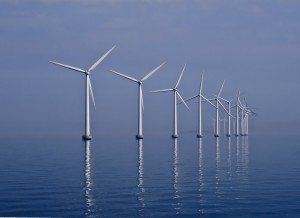
State leaders along the coast also need to step up and ensure offshore wind power is part of our energy future. Now is the time for bold commitments to bring offshore wind energy on-line.
Today’s news from BOEM is just the latest sign of progress in America’s pursuit of this massive clean energy frontier. Let’s make sure that we build on these successes, and gather them into a collected stride toward the clean energy future that is in everyone’s best interest. Let’s send our thanks to Secretary Jewell, Massachusetts Governor Deval Patrick and the New Bedford leadership, Governor Lincoln Chafee,and the University of Maine, but most importantly, let’s make sure Congress and our state leaders know we expect the same from them.
![]() Send a message to BOEM, thanking them for this step in the right direction and urging them to keep up the momentum on offshore wind energy!
Send a message to BOEM, thanking them for this step in the right direction and urging them to keep up the momentum on offshore wind energy!



